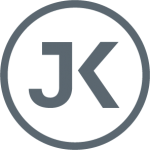Here we explain the most important terms from lamp technology. Do you have further questions? Check out our JK-Academy. We would also be happy to advise you personally.
0.3 W/M2 ERYTHEMAL RADIANT POWER
According to the UVSV, a tanning bed must not exceed the value of 0.3 W/m² per square meter in the wavelength range from 250 to 400 nanometers. This corresponds to the erythemal irradiance of the midday sun at the equator.
ARGON GAS MIXTURE
Argon is the noble gas used for UV low pressure lamps.
CLOSED GLASS
Closed glass is used for UV low-pressure lamps in the tanning area, depending on the desired transmission. The spectrum of the lamp is determined via the glass in order to achieve the respective characteristics of the spectrum.
CODING
The mechanical coding of all new Ergoline sunbeds ensures that the correct lamps are always used. In this way, the respective legislation can be safely complied with.
DOUBLE-LAYER
This is an additional phosphor coating that protects the glass bulb from premature solarization. This increases the service life of low-pressure lamps.
HIGH PRESSURE LAMP
These are used at Ergoline mainly for facial tanners. They are used there in a range of 250 – 520 W in combination with special filter discs to achieve desired spectra and intensities. Here, emitters with a GY 9.5 base (on one side) or R7s base (on both sides) are used. By using high-pressure lamps, a more intensive tan can be achieved than with low-pressure lamps. However, heat generation and power consumption are significantly higher than with low-pressure lamps and LEDs.
LAMP PLACEMENT STICKER
There must be a lamp placement sticker on each solarium. This lists all approved components that affect radiation. Only lamps that are listed there or those that are within the listed tolerances may be installed in the tanning bed.
LAMP CHIP CARDS
Lamp chip cards are only used in tanning beds with dimmable electronic ballasts (“Dynamic Performance”). They guarantee that the tanning power remains constant over the entire useful life of the lamp. Here, age compensation takes place over the specified useful life. The latest devices use lamp cards with NFC chips, which further simplifies handling.
LONGMOUNT
Longmount lamps are mostly used when solariums do not have a well-coordinated cooling system for the lamps due to their construction. Ergoline offers optimal cooling and therefore mostly uses lamps with modern shortmount technology.
NEON ARGON GAS MIXTURE
This is an inert gas mixture that increases UVA radiation. Lamps with a neon argon gas mixture should not be used with devices with electronic ballasts.
LOW PRESSURE LAMP
Low pressure lamps are mercury gas discharge lamps. They are similar in function to fluorescent lamps. The spectrum produced by the lamp is determined by the phosphors used in the glass bulb and their spectral transmittance (transmission) of the gas mixture.
OPEN GLASS
Open glass is used depending on the desired transmission of the low-pressure lamp. With Open Glass, the spectrum of the phosphor remains almost unaffected.
REFLECTOR
Reflectors in high-pressure lamps: Depending on the lamps, the reflector has different coatings that reflect the desired spectrum forward. The unwanted parts of the beam pass through the coating and are directed through the glass, resulting in lower heat load for the user. Reflectors in low-pressure lamps: Here, an integrated reflector is used. This is additionally applied next to the phosphor as a reflector layer in the glass bulb. This directs the radiation, which means that a higher UV irradiance can be achieved. On the lamp there is a marking which shows how the reflector is designed.
Example: 160-O-31/2.2
,,O” STANDS FOR NO REFLECTOR
B” STANDS FOR A REFLECTOR WITH >230°.
,,N” STANDS FOR A REFLECTOR WITH <200°.
,,R” STANDS FOR A REFLECTOR WITH A REFLECTOR ANGLE BETWEEN 200° AND 230°.
SHORTMOUNT
This technology is used in most Ergoline units with optimized cooling. This electrode technology must be used especially in devices with electronic ballasts.
STARTER
A starter must be used for low-pressure lamps operated in tanning beds with magnetic ballasts. This gives the lamp an ignition pulse, whereupon the lamp lights up. The starter must be designed for the power of the respective lamp and should be replaced each time the lamp is changed.
XY-CODE
All low-pressure lamps must be provided with a marking by the lamp manufacturers.
The marking looks as follows: 160-R-X/Y.
The number preceding the other information in the X/Y code stands for the wattage of the lamp, in the example case 160 W.
X= erythema effective irradiance (erythema effect) from 250 – 400 nm in mW/m²
Y= Ratio of NMSC-effective (non-melanoma skin cancer) irradiance ≤ 320 nm and > 320 nm.



